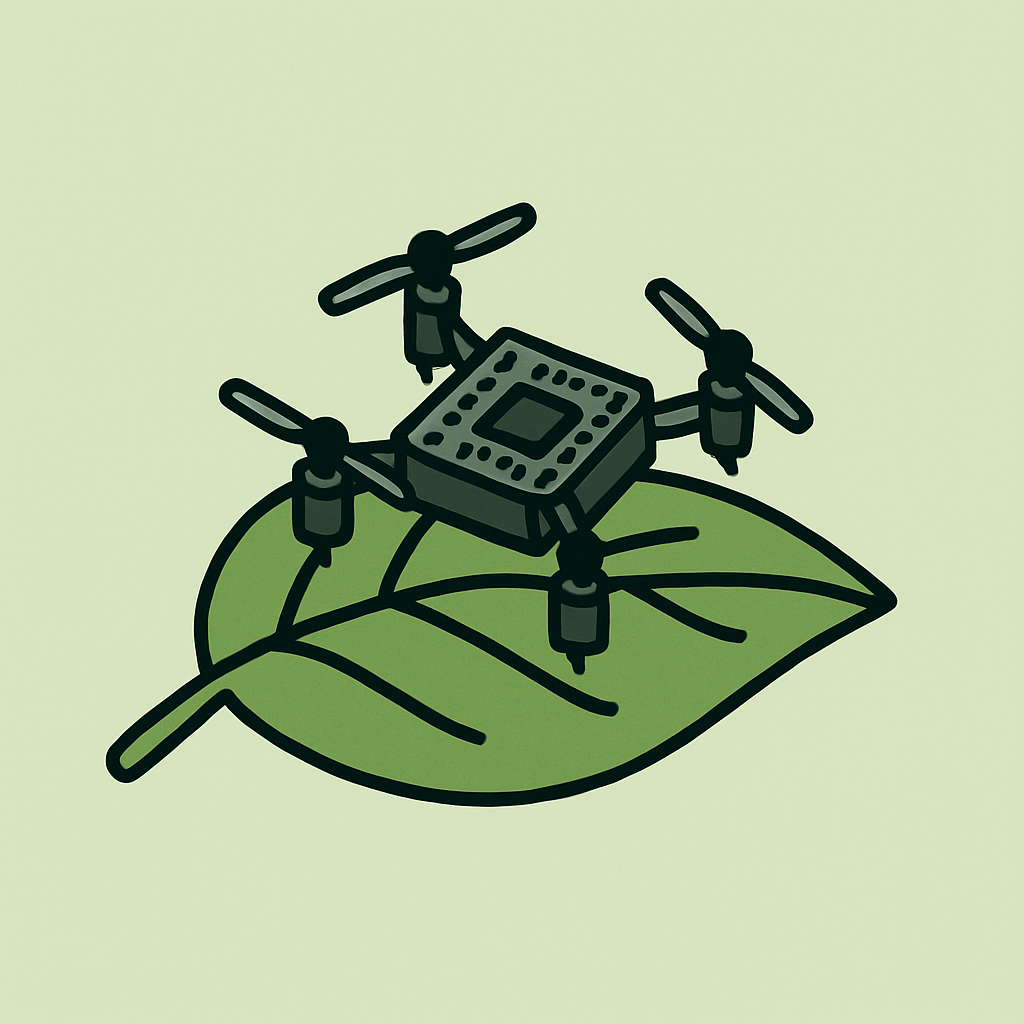
Intro: Not every drone has to be big to be brilliant. At the Massachusetts Institute of Technology (MIT), a group of researchers is proving that some of the most exciting UAV breakthroughs are coming from aircraft the size of a bug.
Welcome to MIT’s Nano-UAV Lab — where swarms of insect-sized drones are being trained to navigate, think, and even cooperate in complex environments.
Why Nano Drones Matter You might wonder: why go smaller? The answer is simple.
- Stealth: Smaller drones are quieter, harder to detect, and perfect for high-density environments.
- Access: Tight spaces like collapsed buildings, tunnels, or dense forests are no-go zones for larger UAVs.
- Swarming potential: Dozens of tiny drones can coordinate together to cover more ground, faster.
MIT’s team is designing nano-drones that can fly autonomously using onboard sensors, cameras, and AI models that process data in real time — without the help of GPS.
Breakthroughs in Autonomous Flight Traditional drones rely heavily on GPS or remote operators. But MIT’s nano-UAVs are equipped with:
- Visual-inertial odometry to track position using only onboard sensors.
- Lightweight neural networks trained to detect obstacles and plan paths in milliseconds.
- Distributed learning models that allow drones to learn from each other in flight.
That means these micro-drones can fly through tight corridors, dodge moving objects, and even complete missions as a group.
The Real-World Impact Imagine a post-earthquake scenario. Human rescuers can’t reach the victims. Satellite coverage is useless indoors. But a swarm of bug-sized drones can enter, map the interior, detect human presence via heat or movement, and guide rescue teams in safely.
Or think about monitoring sensitive environments — like endangered bird nesting grounds or archaeological sites. Nano-UAVs can do it without disturbing the environment or being spotted.
What Mule Works Learns From This Even as Mule Works focuses on heavy-lift platforms, the lessons from MIT are powerful:
- Intelligence must scale across sizes.
- Coordination between aircraft (big or small) can multiply efficiency.
- Real-time edge computing is the future of all UAV autonomy.
The Takeaway Size isn’t the future. Intelligence is. And MIT’s Nano-UAV Lab is showing the world what’s possible when brilliant design meets mission-specific AI.
Stay tuned as we spotlight more innovators pushing the limits of autonomous flight.



